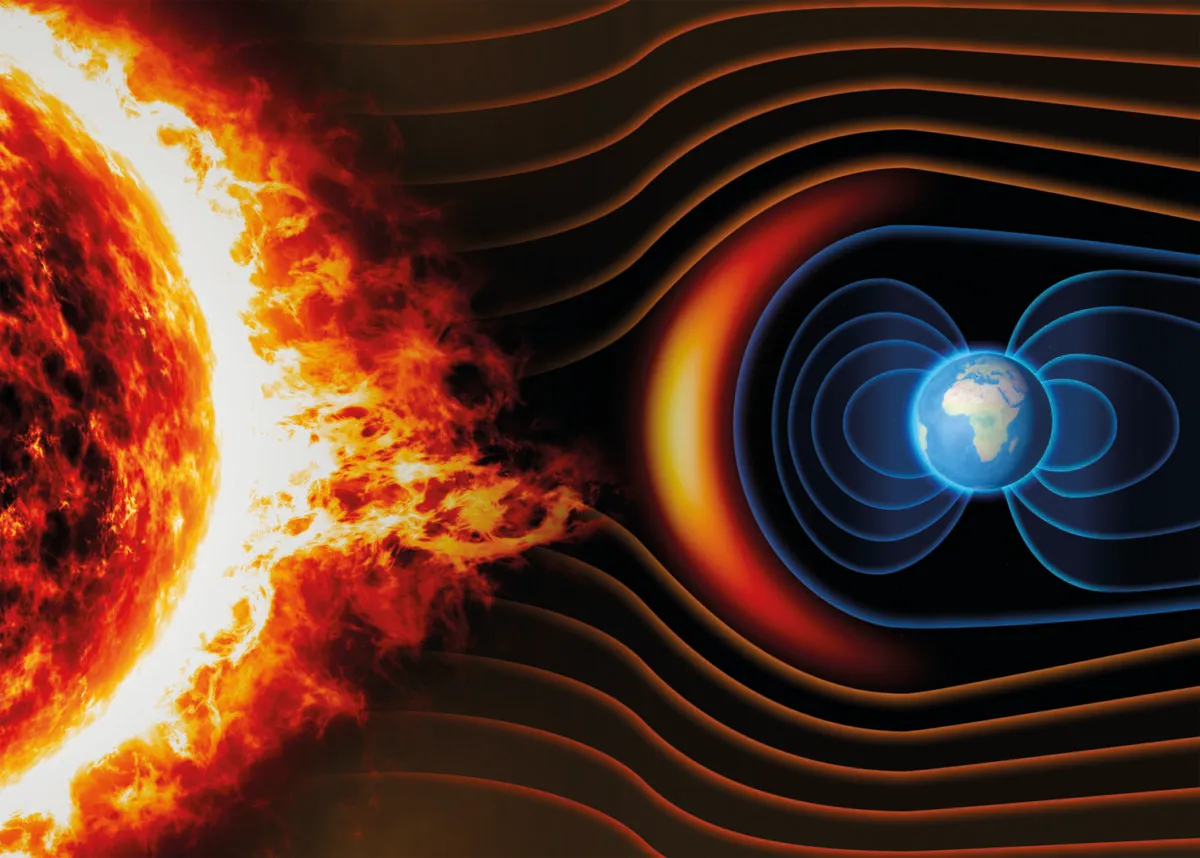Terraforming is the theoretical process of modifying a planet to make it more habitable for humans, and much discussion has been had in recent years about the prospect of trying to terraform Mars.
Even if humans are able to survive the journey to Mars and set up a permanent settlement there, it lacks the hospitable, habitable conditions of our home planet Earth.
How would humans breathe on Mars, for one thing?
So is it actually possible to terraform a planet like Mars, or is this just pure science fiction?
There are multiple aspects to consider, should we want to terraform a planet in future.
Magnetic field

A magnetic field, for example plays a key role in creating an environment suitable for human life.
The presence of the planetary magnetic field creates the magnetosphere, which protects our bodies from the constant and dangerous interactions of solar particles.
Without this protection, human life could not survive, unless we all wore adequate protective clothing, like space suits.
Aside from whether or not a planet has a magnetic field, there are other factors that would make terraforming difficult, if not impossible.
Atmosphere

Terraforming requires the introduction of gases to change the composition of the atmosphere.
But planets have temperature differences between neighbouring locations, resulting in atmospheric winds, changes of pressure and non-uniform mixing of atmospheric constituents.
Even if the entire planet had a uniform atmospheric composition at an initial moment, this would be lost in a fraction of a second.
Terraforming Mars
For planets like Mars, there is a further complication.
Mars has a mass of only one tenth that of Earth, which means it has a low ‘escape velocity’ – it can’t keep hold of the particles in its atmosphere as well as Earth can.
Recent missions to Mars have shown it had a more substantial atmosphere at one stage, but this was lost quickly, leaving the thin atmosphere it has today.
It appears that terraforming a planet like Mars would be an incredibly difficult - if not impossible - goal to acomplish.

